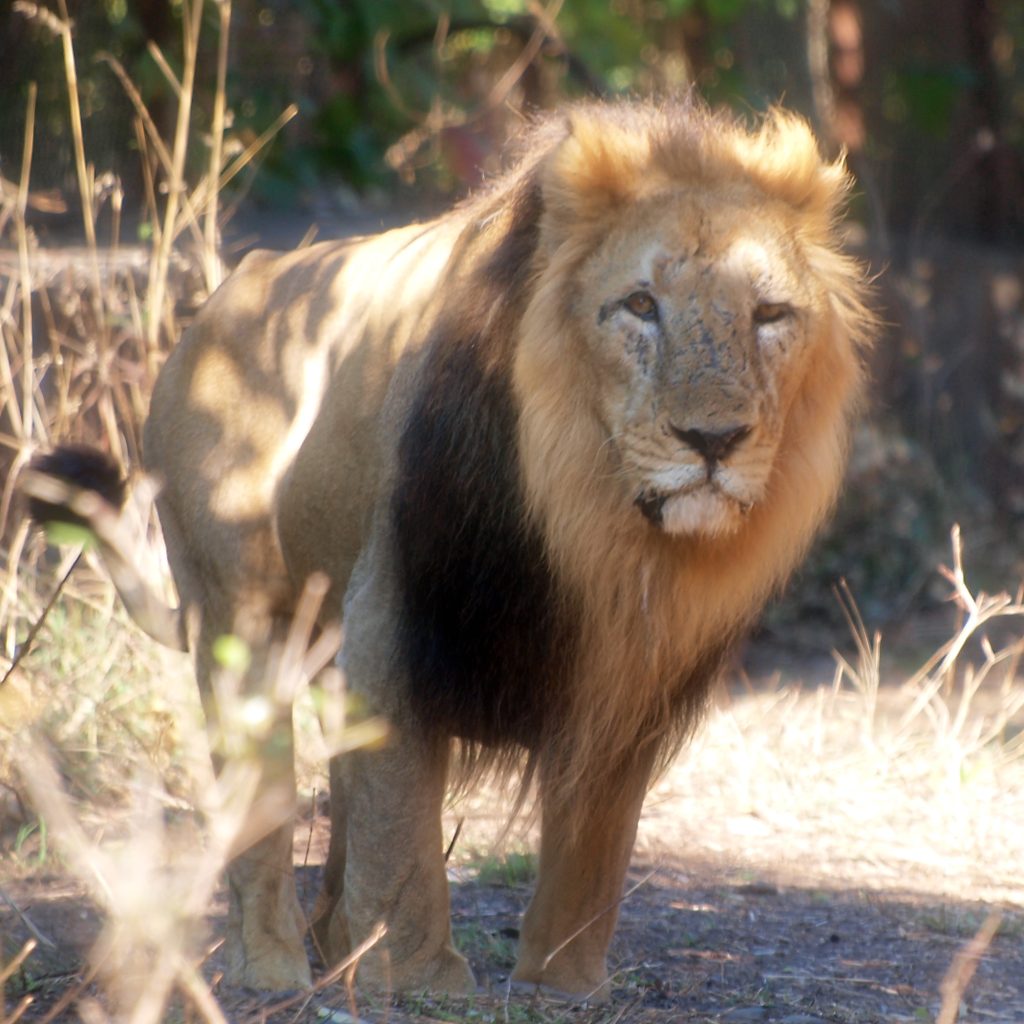It is a huge threat to a species if it is only found in one reserve. This I believe is common sense, and not hard to explain. If all the remaining members of a species live in one place, an unexpected event could wipe out the entire population.


Wildlife and conservation new, wild travel information and links for booking
It is a huge threat to a species if it is only found in one reserve. This I believe is common sense, and not hard to explain. If all the remaining members of a species live in one place, an unexpected event could wipe out the entire population.

Declared extinct in 2003, recent genetic analysis shows that the Caspian and Amur tiger are so similar that they cannot be declared as sub species. As such, if the Amur tiger population continues to reboand it would be possible to translocate members west to restart the Caspian tiger population.
This should not be done though until the Amur tiger population is more stable.
Komodo dragons are the largest lizard that survives. Unfortunately, as they are found only on a series of islands amongst the Indonesia archipelago, sea level rise can quickly rob them of prime habitat.

As a result of this, they have been moved from vulnerable to endangered.
In 2009 Nepal counted 121 tigers. in 2013 198 was counted – a 60% increase. There are thought to be around 240 individuals at this point.

As such target met.
Russia surveys their tigers every 10 years, but out of sync with the international aims. In 2005 between 423 and 502 tigers were thought to be present. in 2015 this had moved to 480-540. As such there is nothing like a doubling represented, but perhaps more success has been had since
Unsure
There are only around 60 rhino left in the wild. They live in Ujung Kulon National Park. To put that in perspective, that is an increase of 3.3%.

The Malaysian tiger population (part of the Indochinese sub species) has a small but pretty stable population of tigers of between 250 and 340.
Unfortunately there does not seem to have been any increase. Having set a target of 1000 members in 2020 back in 2008, their efforts appear to have failed. Indeed some sources suggest that this may be a significant over estimate now.
China is a country which has done very poorly when it comes to the tiger. Having a great deal of respect for the tiger – with it woven throughout its early stories, and having played host to 4 of the tiger subspecies ( South china tiger, Amur tiger, indochinese tiger and the bengal tiger). Of these the south china tiger is almost certainly extinct having not been seen for decades, the Indochinese tiger is also extinct, the Bengal tiger has been confirmed in a part of Tibet – though numbers are unknown) and the amur tiger which live along the border between russia and china – perhaps 20 live in china.
As such it seems far to big a stretch to suggest that China has succeeded in doubling the wild tiger population.
Laos is not doing well with tigers. Back in 2010 the government estimated that 17 tigers lived in the country.
Unfortunately, with ridiculous numbers of snares there is a great deal of fear that all of the tigers and leopards have been lost from Laos.
As with other countries in the area, it is entirely possible that if the poaching is ended these animals will return.
Indonesia is a archipelago of islands. Once connected to the Asian mainland, animals were able to make their way along the peninsular. When sea levels rose in the ancient past they were marooned on the islands.
Once they were found on a few islands including Bali and Java. They are now only found Sumatra. Sumatra is thought to have 400 tigers in 2010. This is down from as many as 1000 back in 1978.
San diago zoo estimate the number remaining in the wild at 400-600, but I cannot find any reason for this higher band.
It is possible that the tiger population has increased a bit, but in certainly has not doubled.









Join as an ambassador supporter to
support this site, help save wildlife
and make friends & log in

